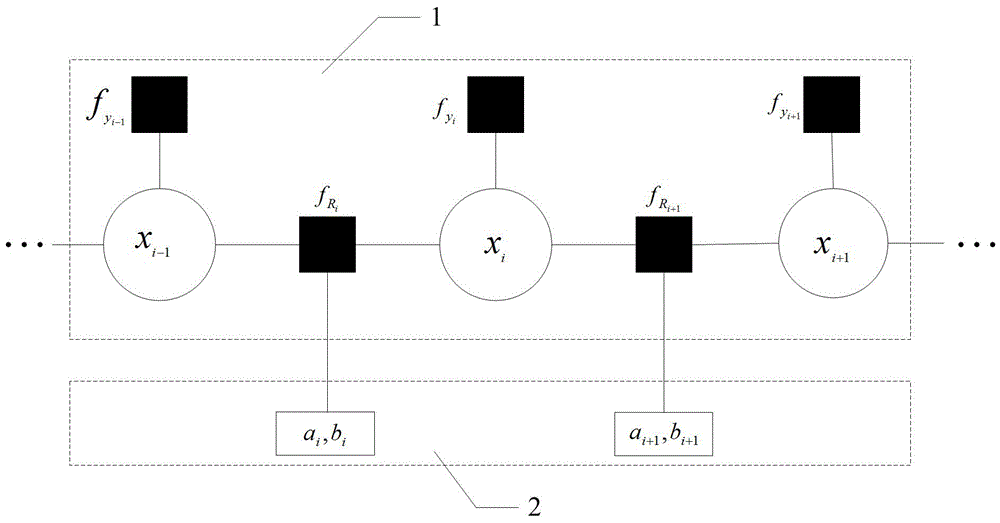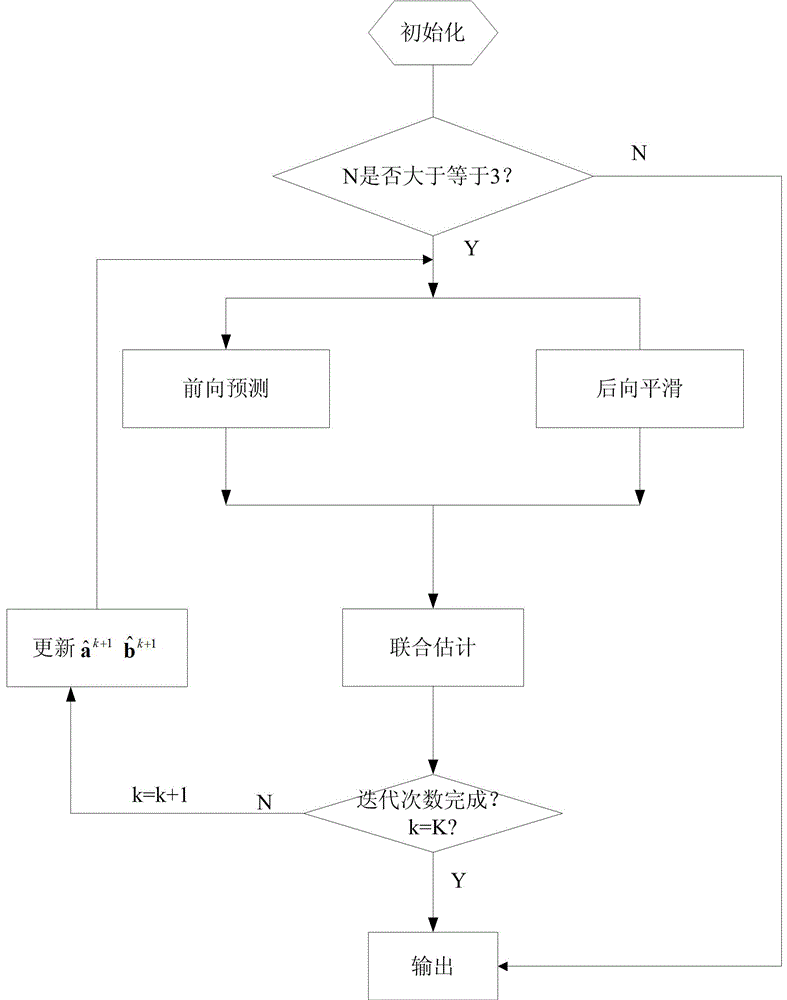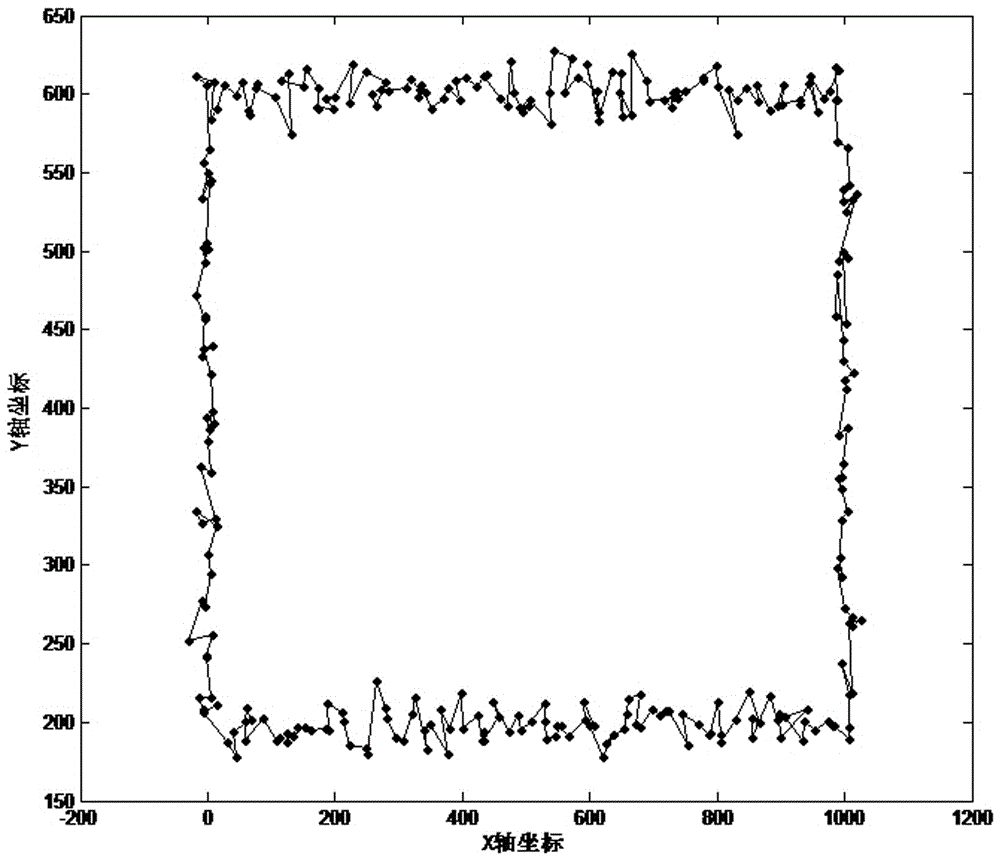Message transfer-based pattern recognition filtering method
A pattern recognition and message passing technology, applied in digital adaptive filter, impedance network, adaptive network and other directions, can solve problems such as performance degradation of standard Kalman filter algorithm
- Summary
- Abstract
- Description
- Claims
- Application Information
AI Technical Summary
Problems solved by technology
Method used
Image
Examples
Embodiment Construction
[0055] The present invention will be described in detail below in conjunction with the accompanying drawings and specific embodiments, so as to better understand the present invention, but the protection scope of the present invention is not limited thereto.
[0056] A pattern recognition filtering method based on message passing, using factor graphs and message passing tools to identify system model parameters and estimate unknown variables at the same time, the maximum a posteriori solution is used to adaptively identify the dynamic model of the time-varying system and perform parameter estimation. The time-varying system model targeted by the filtering method is:
[0057] x i = a i x i ...
PUM
 Login to View More
Login to View More Abstract
Description
Claims
Application Information
 Login to View More
Login to View More - R&D
- Intellectual Property
- Life Sciences
- Materials
- Tech Scout
- Unparalleled Data Quality
- Higher Quality Content
- 60% Fewer Hallucinations
Browse by: Latest US Patents, China's latest patents, Technical Efficacy Thesaurus, Application Domain, Technology Topic, Popular Technical Reports.
© 2025 PatSnap. All rights reserved.Legal|Privacy policy|Modern Slavery Act Transparency Statement|Sitemap|About US| Contact US: help@patsnap.com



